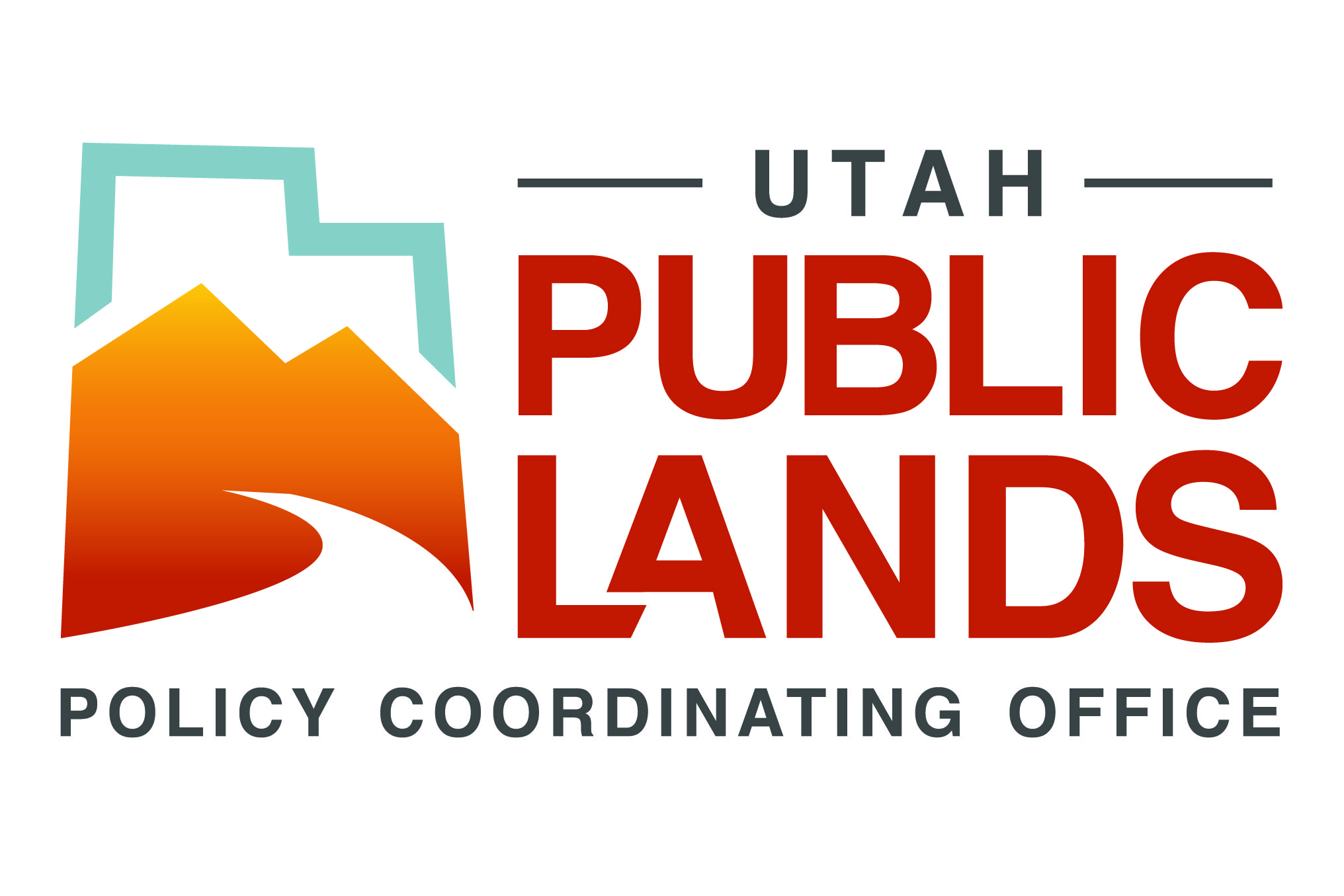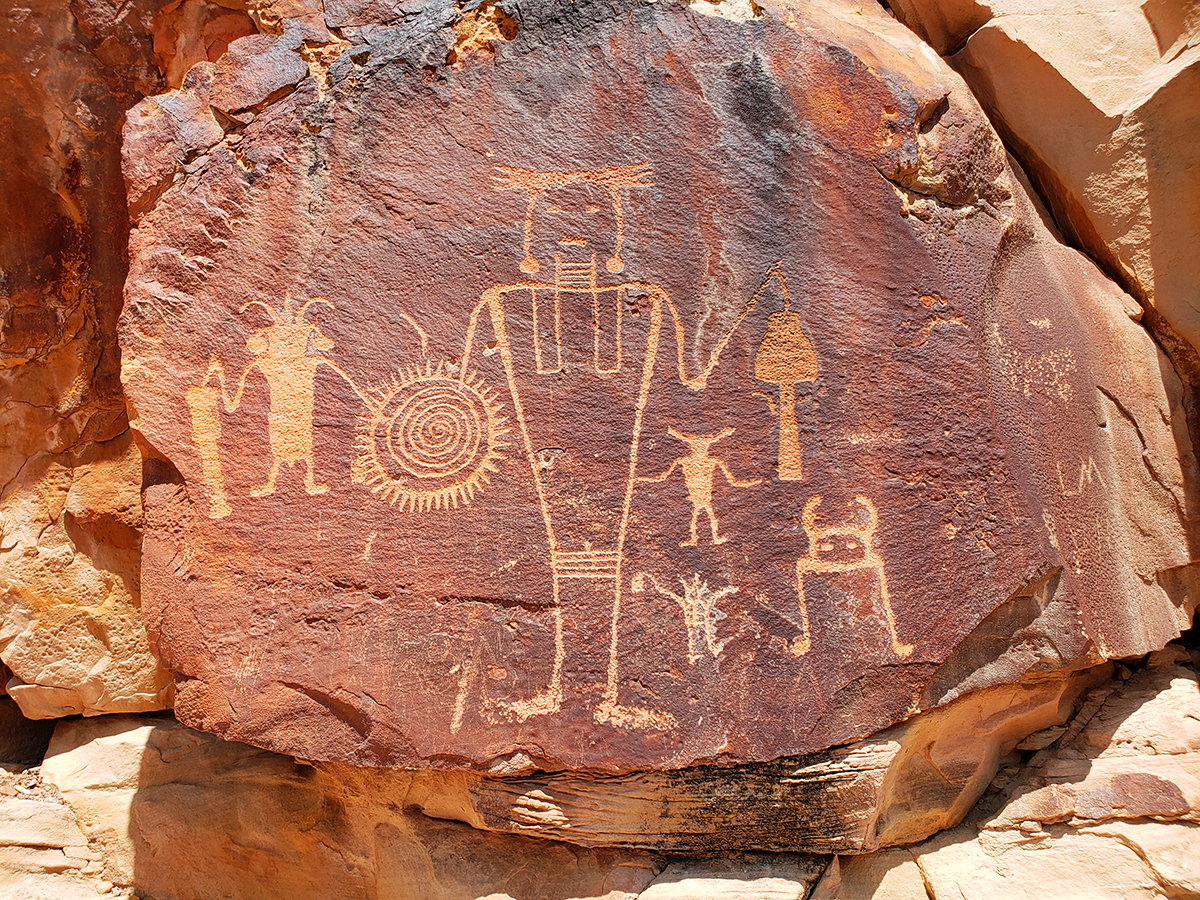Did you know that people have been here in Utah for more than 13,000 years? It’s a remarkable legacy of human endurance and adaptation. Today this legacy is also under threat.
Archaeological sites, these physical places where we can go to visit the past, are much more fragile than they look. And with more people visiting Utah’s great outdoors than ever before, even actions that feel like a light touch can damage or even destroy a site, forever.
As Utahns, we are proud of our past. We are proud to visit Native American pueblos and petroglyphs, pioneer cabins, and Chinese railroad worker camps. We visit these sites every day to get closer to our own past and to learn something new about someone else’s heritage. We open up our lands and our hearts to welcome visitors and show them these places as well. We do this out of respect for the past and what it can teach us.
As our weather warms and we prepare to go out and explore our beautiful state, let’s Pledge to Protect the Past. Archaeologists at the Utah State Historic Preservation Office will provide weekly information to help you keep your pledge. When you sign up to Pledge to Protect the Past, you will learn more about Utah’s archaeology and what you can do to safeguard these irreplaceable places for future generations.
Thank you for helping us stop archaeological vandalism.
Mandates to Aid Federal and State Agencies on Archeological Projects
National Historic Preservation Act
Before a federal agency funds, licenses, permits, or otherwise authorizes a proposed undertaking, Section 106 of the National Historic Preservation Act requires that agency to take into account the undertaking’s effect on historic properties—cultural and historical resources that are eligible for inclusion in the National Register of Historic Places. The agency must then give the President’s Advisory Council on Historic Preservation a chance comment.
The Section 106 Process provides detailed steps to meet this statutory requirement, and also allows other consulting parties to participate. These parties include, among others, Indian tribes and the State Historic Preservation Officer. A common misconception about the Section 106 Process is that it can prevent an undertaking from occurring. On the contrary, the process actually assists the undertaking by seeking to identify historic properties potentially affected by the undertaking, assessing its effects, and looking for ways to avoid, minimize, or mitigate any adverse effects on historic properties.
During the 2022 General Legislative Session Representative Karen Kwan introduced a concurrent resolution calling for the protection of archeological sites.
Utah Code 9-8-404
Learn more about:
Utah Rock Imagery Project Documentary

